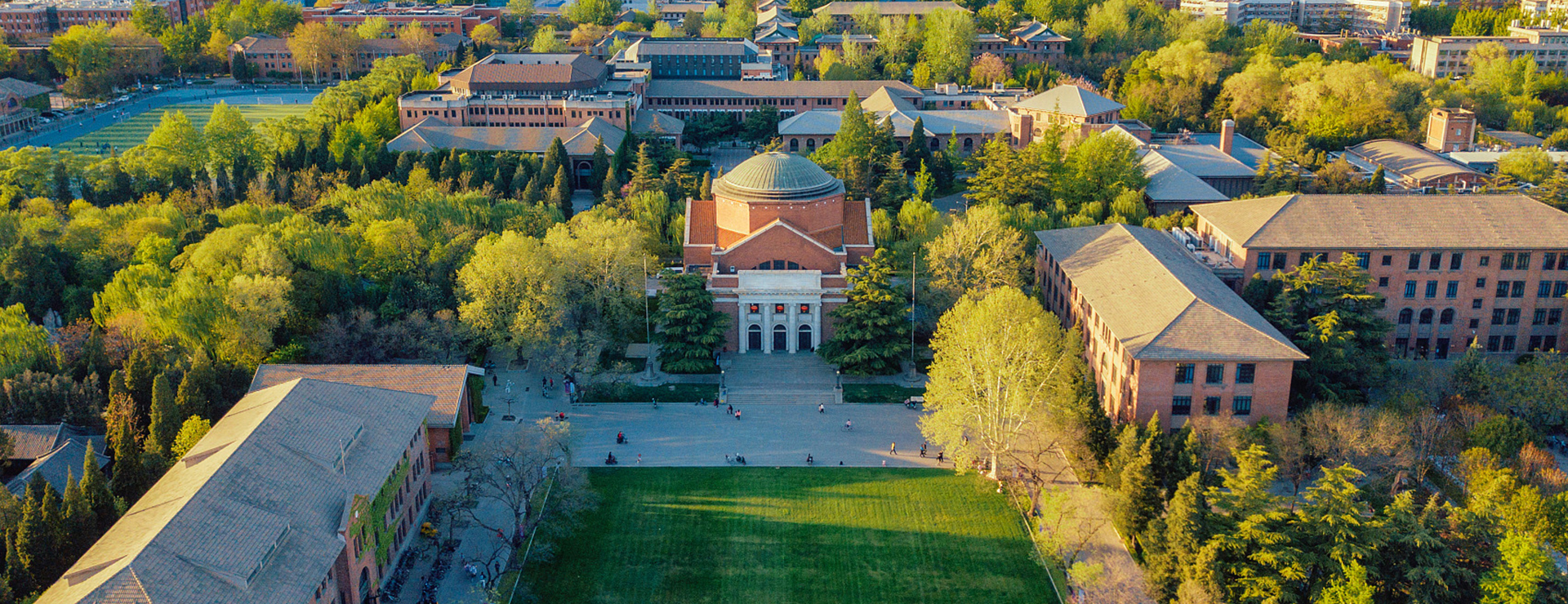The 70th lecture of “Tsinghua Information Forum” was held in FIT Building on Jan 5, 2011. Professor Shang-Hua Teng, Chairman of the Computer Science Department at USC, gave a lecture on ”The Laplacian Paradigm: Emerging Algorithms for Massive Graphs”. Prof. Teng introduced academic background and research method of Laplacian Paradigm,which was built on a recent suite of nearly-linear time primitives in spectral graph theory developed by Spielman and himself, and explained its theoretical values for solve massive graph problems with an example of the Max flow problem. This lecture is also supported by Tsinghua National Laboratory for Information Science and Technology(TNList)Academic exchange foundation and Tsinghua University-USC Joint Research Center for Energy Informatics (TUEI). About 40 professors and students from SIST, CAS and Microsoft Research Asia attended the lecture.
Shang-Hua Teng is the Seeley G. Mudd Professor and the Chairman of the Computer Science Department at USC Viterbi School of Engineering. He taught as a faculty in the Department of Mathematics of MIT and in the Computer Science Departments of Boston University, the University of Minnesota and UIUC. He received a dual B.S. degree in computer science and in electrical engineering from Shanghai Jiao Tong University in 1985, a M.S. degree in computer science from University of Southern California (USC) in 1988, and a Ph.D. degree in computer science from Carnegie Mellon University (CMU) in 1991.He is a recipient of the 2009 Fulkerson Prize (AMS-MPS) and the 2008 G?del Prize (ACM-EATCS) for his joint work on Smoothed Analysis of Algorithms with Daniel Spielman. He is also an ACM Fellow, Alfred P. Sloan Fellow, winner of Senior Xerox Award for Outstanding Faculty Research (UIUC), and has received NSF Faculty Early Career Development Award. His recent research interests include computational game and economics theory, spectral graph theory, scientific computing, and mathematical programming. He has received more than ten US Patents for his work on compiler optimization and Internet technology.

